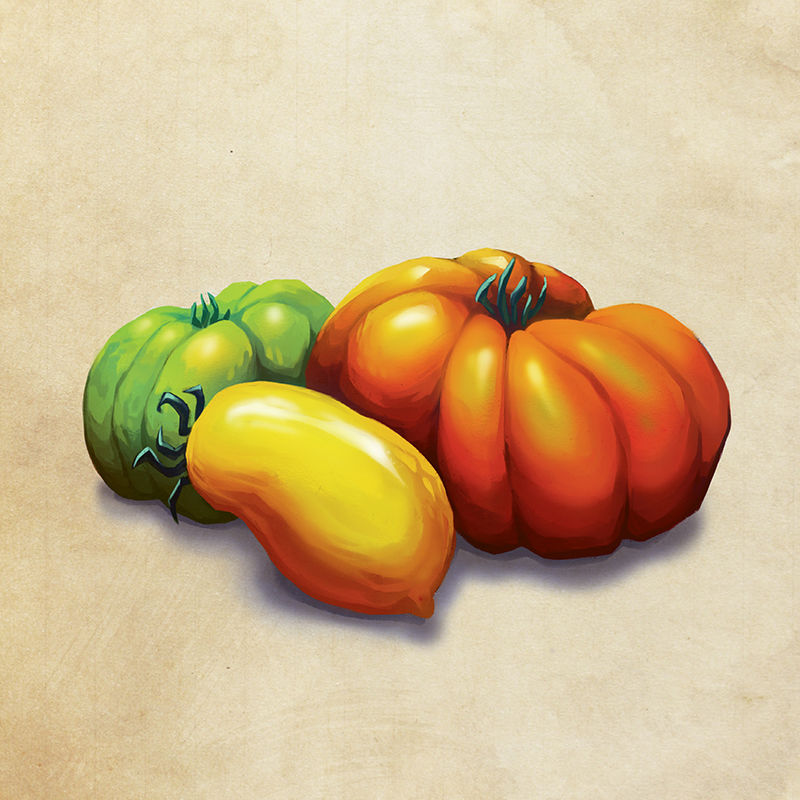Tomato pie, tomato pilau, tomato gumbo, okra and tomatoes, fried green tomatoes, tomato relish: no question about it, the juicy fruit known as Solanum lycopersicum is fundamental to Charleston cuisine. Thus, you may not be surprised to learn that the first historical mention of tomatoes in North America referred to those growing right here in the Lowcountry. Read on for more about the quintessential summer slice

You Say Tomayto, We Said Tomawto The name comes from the Spanish tomate, which was taken from the Incan tomatl, meaning “the swelling fruit.” Today, most Americans say “to-may-to,” while the British use “to-mah-to.” But in 1764, when Charleston merchant Henry Laurens cultivated the plant, he spelled the word phonetically, sending “tomawtoes” to his Cooper River plantation, Mepkin.
A Multi-colored Splendor Varieties abound: bright-red beefsteaks are perfect for slicing and stuffing between pieces of white bread; cherry and grape are easily tossed into salads; plums work well in sauces; and in colors ranging from orange to purple to green, heirlooms dazzle in all kinds of dishes.
Homegrown Tomatoes have long been a significant crop for Lowcountry farmers—especially on Wadmalaw and John’s islands. In earlier generations, growers shipped truck loads to cities all along the East Coast. Today, much of the historical farmland has been developed. On the brighter side, more innovators are raising the produce in greenhouses year-round.
First Love In 1710, English botanist Dr. William Salmon published botanical compendium The English Herbal, noting that when he lived in Charles Town, he had seen “love apples”—then the British term for tomatoes—growing in South Carolina. This is the first North American reference to the fruit.
Drink Your Vegetables In olden days, tomato juice was used as a curative for medical conditions such as headaches, sciatica, and “vapors in women.” Today, its popularity is most predominately seen in the Bloody Mary. There are as many versions in Charleston as there are restaurants, many with the addition of such Lowcountry garnishes as fresh boiled shrimp, crisp bacon, and pickled okra.
Raise Your Own A perk of the Lowcountry’s steamy temps? We get not one tomato season, but two! Plan to put your fall crop in the ground between July 25 and 30. Clemson Extension shares a list of recommended cultivars, plus plenty of growing tips, at hgic.clemson.edu/factsheet/tomato.
Don’t Eat the Leaves Europeans once believed tomatoes to be poisonous, suspicious of their bright, shiny skin, as well as their acidic juices’ ability to discolor the pewter plates then in use. While the plant is part of the deadly nightshade family, only its leaves contain small traces of toxins.
For a summer’s worth of delicious recipes, click here.